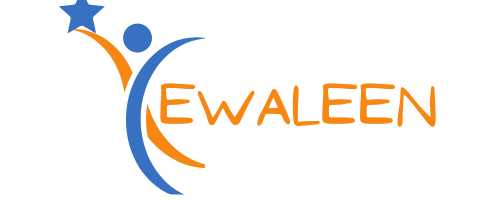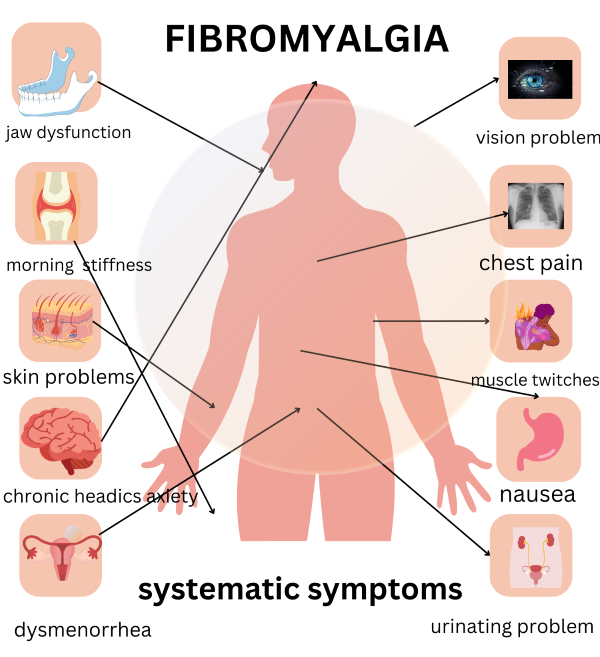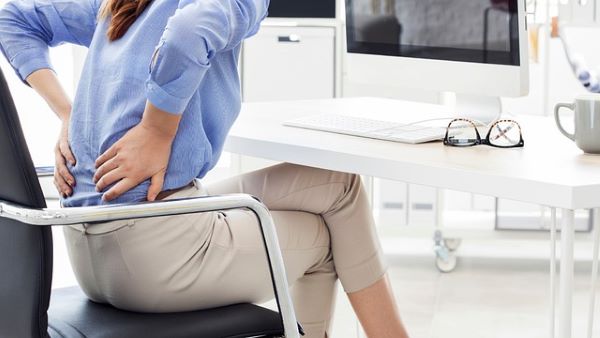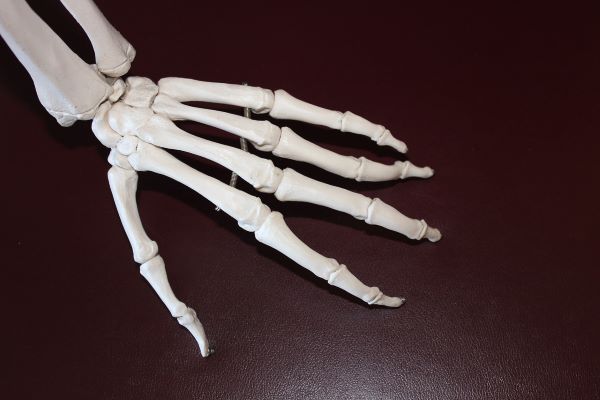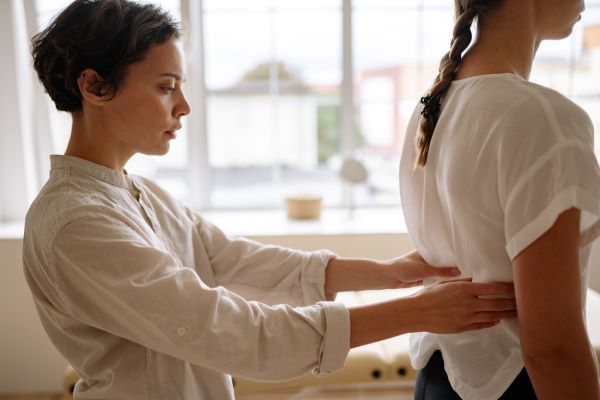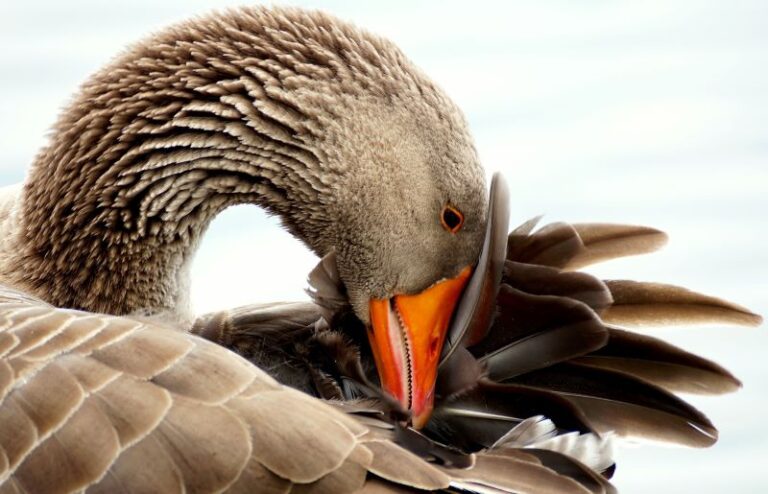Nine Acupressure Points for Chronic Lower Back Pain.
Acupressure is an ancient technique used to relieve pain and stress in different parts of the body, especially in the lower back. Nine acupressure points for chronic lower back pain are discussed, which is a leading cause of disability worldwide.
According to the National Institute of Health, approximately 80% of adults experience some type of low back pain at least once in their lifetime.
Chronic lower back pain is defined as pain lasting longer than three months and can be difficult to manage. The lower back is one of the most common areas for people to experience pain and discomfort, and nine acupressure points for chronic lower back pain are important. These points involve pressing certain points on the body with fingers or another firm object to relieve stress and tension in the body.
Acupressure techniques have been used for centuries to relieve stress, anxiety, depression, and other negative emotions, and can be done at home for 15 minutes a day. This post will explore the anatomy of the lower back and its surrounding structures, as well as the acupoints that can be helpful when experiencing back pain.
What is Acupressure:
The application of pressure to the body is the basis of acupressure, a type of alternative medicine that relieves pain and improves health. It is believed that acupressure points on the hands, feet, and ears have a therapeutic effect on the body by affecting the nervous system.
There are several types of acupressure, including spot acupuncture, pressure-point massage, and reflexology.
The most common form of acupressure is spot acupuncture, in which a series of needles are stuck into specific acupressure points on the skin.
When used for back pain relief, spot acupuncture may help reduce muscle tension and pain.
Other types of acupressure include pressure-point massage, in which small amounts of pressure are applied to certain spots. Acupuncture works by targeting specific acupressure points on the skin.
This helps to reduce muscle tension and pain by stimulating the pressure points. In acupressure, points are applied to relieve pain, and in reflexology, fingers or thumbs are used to press on specific points on the feet.
Other conditions can be treated with acupressure, including insomnia and anxiety.
It is important to note that there is no scientific evidence that supports the effectiveness of acupressure for back pain relief. Therefore, it should only be used as part of an overall treatment plan that includes medications and other modalities.
Causes and Symptoms of Back Pain
CLBP is caused by poor posture, muscle weakness, lack of core stability, and repetitive movements, leading to nerve irritation and inflammation.
One of the most common causes of people visiting the doctor is back pain. It can happen for several reasons, including injury, muscle strain, arthritis, and hernias.
Back acupressure is an effective way to treat back pain, as it helps decrease muscle tension and relaxes muscles.
- Sitting for a Long Period:
Sitting for long periods can lead to chronic back pain and impaired circulation, which can lead to muscle aches and pains.
- Hunching Your Shoulders:
Hunching over a computer for eight hours a day puts strain on the back muscles and ligaments around the spine.
- Psychological Factors:
In addition to these physical factors, psychological factors also play a role in the onset and maintenance of CLBP. Stress, anxiety, depression, fear-avoidance beliefs, and catastrophizing thoughts about pain are just a few examples of how mental factors can influence CLBP.
9 Important Acupressure Points for Chronic Back Pain Relief:
Here are nine acupressure points for back pain relief that can help reduce pain and discomfort:
1. The sacroiliac joint (SIJ)
The SIJ is located at the base of the spine where the hip bone meets the pelvic bone. It is responsible for connecting the lower back to the pelvis. When the SIJ becomes inflamed, it can cause pain in the low back and legs. A good way to treat the SIJ is to apply pressure directly over the area.
Posture:
You can do this by lying down and placing a pillow under your knees. Then, place your hands flat on top of your thighs and press firmly. When you feel any kind of discomfort, stop for a while.
2. The piriformis muscle
The piriformis muscle is a small muscle that runs along the side of the sciatic nerve. It helps to stabilize the pelvis and provides stability to the hip joint. When the piriformis muscle becomes inflamed, it causes pain in the buttocks and hips.
Posture :
To relieve the pain, lie on your stomach and place a rolled-up towel between your knees. Press down firmly on the towel and hold for 10 seconds. Repeat three times.
3. The lumbar paraspinal muscles
The lumbar paraspinal are four muscles that run along the length of the spine. These muscles help to maintain proper posture and provide stability to the spine. When these muscles become inflamed, they can lead to pain in the lower back and legs.
Posture :
Lie on your stomach and place your hands behind your head. Slowly pull your elbows toward each other until you feel some tension in your neck and shoulders. Hold for five breaths. Release and repeat two more times.
4. The erector spine muscles
An erector spine is a group of muscles that run along the vertebrae of the spinal column. When these muscles become strained, they can lead to back pain.
Posture :
Lie face down on a firm surface and slowly raise your body off the floor. As you lift your body, keep your arms straight out in front of you. Hold for five deep breaths. Relax and repeat two more times before moving on to the next exercise.
5. The quadratus lumbar muscle
The quadratus lumbar is a muscle that lies beneath the erector spine. When this muscle becomes strained, it can lead to back pain and tightness in the hamstrings.
Posture :
Lie face down on the ground and slowly raise your body until your chest is about six inches above the ground. Your arms should remain straight out in front of your body. Keep your feet together and your heels touching. Relax and repeat two times before moving on to the next exercise.
6. The multifidus muscle
Located between the transverse and spinous processes of the vertebrae, the multifidus muscle comprises a series of small triangular muscular bundles.
Posture:
Place your left hand on the mattress and use your right arm to push your body off the bed. Use your left hand to gently guide your body back onto the bed. Hold for five deep breathing breaths. Relax and repeat twice before moving on to the next exercise.
7. The transverse abdominal muscle
The transverse abdominal is a muscle that runs across the abdomen. When this muscle becomes tense, it can lead to lower back pain and abdominal cramps.
Posture :
Lie face down on an exercise mat and slowly raise your body upward until your chest is about 6 inches off the ground. Your arms will be straight out in front of your body. Hold for five deep breath-holds. Relax and repeat two times before moving on to the next steps.
8 . The hamstring muscles
The hamstrings are a set of three muscles that run along the outside of the thighs. These muscles are responsible for extending the knee and flexing the ankle. Hamstring injuries can occur when the hamstring muscles become strained or torn.
9 . Gastrocnemius muscle
The gastrocnemius is a thick band of muscle that runs along the inside of the calf. it is responsible for bending the toes downward and upward. Gastrocnemius injuries can occur when the gastrocnemius becomes strained or torn.
Other Treatments:
Physical therapy is the first line of treatment for CLBP, reducing pain and improving function. Other treatments include medications, injections, chiropractic care, acupuncture, massage therapy, and surgery.
- Physical Therapy:
Physical therapy is the first line of treatment for CLBP, using manual techniques to help patients move more freely and feel less pain.
- Joint Mobilization:
Joint mobilization is an effective treatment for CLBP, improving flexibility, pain relief, and preventing injuries.
Patients were randomly assigned to either receive joint mobilization or placebo intervention. Joint mobilization resulted in improved pain and function after 8 weeks.
- Soft Tissue Manipulation:
Soft tissue manipulation is used by physical therapists to treat musculoskeletal conditions and was found to be effective in treating CLPB. At four weeks post-treatment, those receiving soft tissue manipulation had significant improvements in pain and functional status compared to those receiving the sham procedure.
- Exercise Programs:
Exercise programs are effective in treating CLBP in older adults, with those who received them reporting improvements in pain and functional abilities.
- Medications:
Acupressure is an ancient technique that involves applying pressure to specific points on the body with the help of other tools. It is believed that by stimulating these points, one can unblock the energy flow, relax tense muscles, and relieve stress. It may also be able to treat pain and other medical conditions.
Benefits of Using Acupressure:
There are many benefits to using these nine important acupressure points for chronic lower back pain. Acupressure is a form of massage that uses pressure to stimulate the body’s energy points. The pressure is applied by fingers, palms, or a ball.
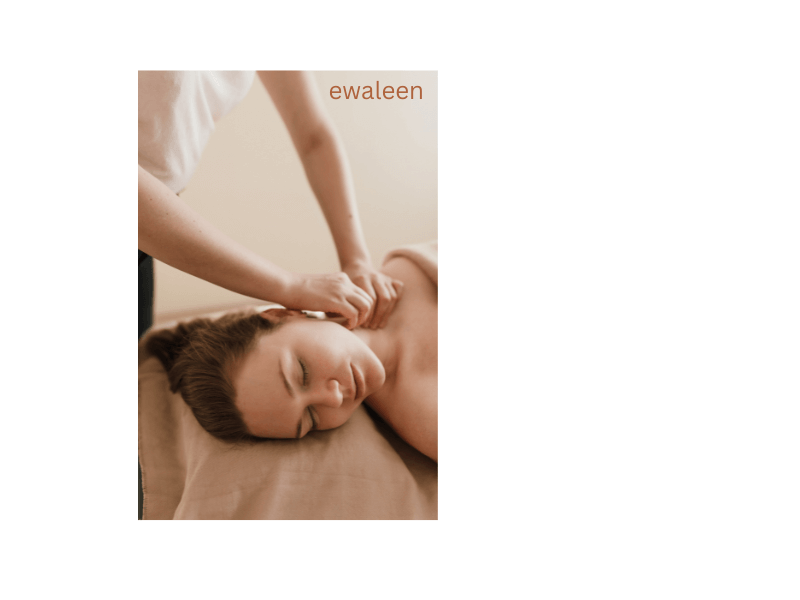
Acupressure has been used for centuries to treat a variety of conditions, including back pain. It is thought that acupressure relieves pain and tension in the neck and back. Acupressure can also reduce pain and improve blood flow to the back.
If you are suffering from back pain, consider using acupressure to help reduce your symptoms. Acupressure is a low-cost and easy-to-use therapy. You can learn how to acupressure yourself or have a therapist do it for you.
Offer Tips for Using Acupressure:
There are a few things that you can do to help get relief from chronic back pain using these nine important acupressure points for treating chronic lower back pain.
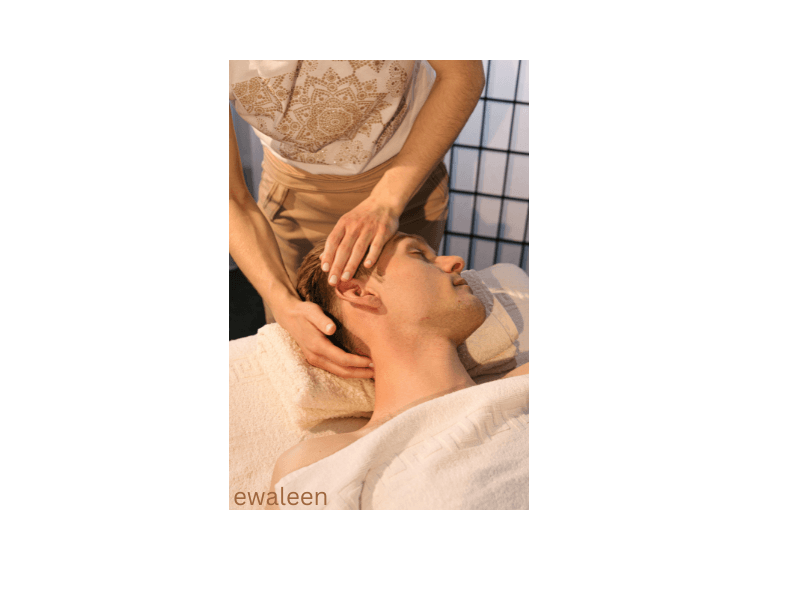
1. Make sure that you are comfortable with the technique. Acupressure is a very subtle form of massage, and you should be comfortable using it on yourself. If you are not comfortable with the technique, you may not be able to get the relief that you need.
2. Find a point that is sensitive to your pain. Many different points on the back can be used for acupressure, but you will need to find one that is particularly sensitive to your specific pain.
3. Use light pressure. Acupressure is a form of massage that uses light pressure to help relieve pain. If you apply too much pressure, you may not be able to get the relief that you need.
4. Practice regularly. The more you practice acupressure, the more comfortable you will become with the technique.
Conclusion:
Acupressure is a very gentle form of massage that can relieve the patient of chronic back pain. It is not very common, but if you have back pain, you may want to give it a try. It is a natural way of treatment that can at without any side effects.
If your body is comfortable with the technique, you can stop the treatment and return to your normal activities as it is in your hand. You always consult your doctor for more information about acupressure.
You can, however, choose the methods of nine important acupressure points for treating lower back pain, which is proving beneficial for you.
These nine acupressure points can help with your chronic back pain relief.
Important Queries to Ask Before Starting Acupressure Massage
- Is acupressure good for lower back pain?
Yes, acupressure is an ancient technique that has been used to treat pain and stress for thousands of years. To relieve pain and stress in different parts of your body, you strategically stimulate pressure points with your fingers.
- What fingers do you press for back pain?
We know that pressure points in the body can be used for acupressure. The fingers involved in it are the thumb and index finger.
- Where do you rub for sciatica pain?
Place the balls beneath the back, or upper thighs, while the position would be lying in a straight line and gently move around to find inflammatory muscles. When you identify a tender spot, focus and press the area gently.
Moreover, for getting rid of sciatica pain and scoliosis, massage chairs are a perfect solution. Massage chairs can effectively help you in the treatment of scoliosis and get rid of sciatica pain.
Check out the articles on this website for more details about massage chairs:– By Pain and Problems.
